Poco F7 Review: Another great midranger
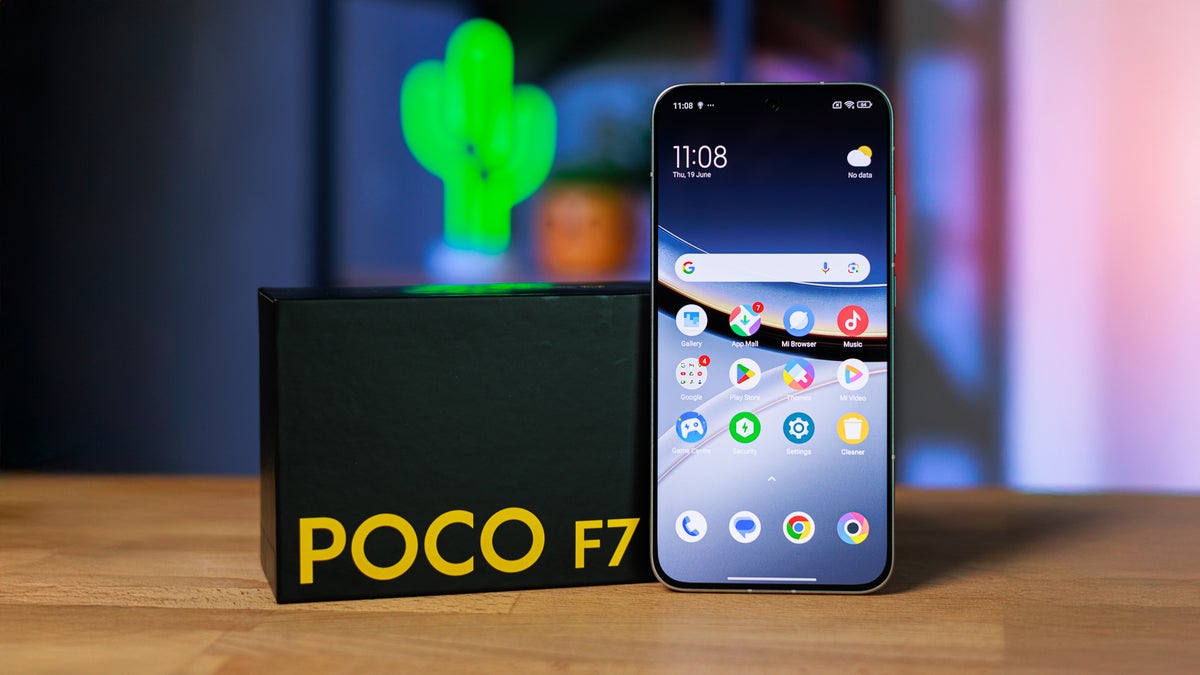
Poco F7 Intro
Lately, Poco has been trying to step out of the affordable shadow and venture into new, flagship-populated territories. The launch of the Poco F7 Ultra was clear evidence of that, and now we have another pioneer sent to fight for the affordable flagship crown – the vanilla Poco F7.
There's no Pro or Ultra moniker tied to this model, but surprisingly the phone comes with the new Snapdragon 8s Gen 4 chipset, a bright 3200 nits display, a huge 6,500 mAh battery, and 12GB of RAM.
These specs, coupled with the interesting design, make the Poco F7 a contender for the crowded upper-midrange (or as we sometimes like to call it, affordable flagship) segment. The starting price of the Poco F7 is $399 for the 12/256 GB model, with early bird deals available in certain regions dragging the price down to $339.
Poco phones aren't available in the US, at least not officially, even though the brand releases its models globally on its online store. So, you will have a hard time getting the F7 in the US, and even if you manage to get your hands on one, it might not work properly on US networks and carriers. With that out of the way, let's proceed with the review.
These specs, coupled with the interesting design, make the Poco F7 a contender for the crowded upper-midrange (or as we sometimes like to call it, affordable flagship) segment. The starting price of the Poco F7 is $399 for the 12/256 GB model, with early bird deals available in certain regions dragging the price down to $339.
Our composite review score tries to encapsulate the most important areas of the smartphone experience, and the values in each category have their own weight. Trying to be absolutely objective, each category consists of subcategories, with the idea to give you an overall score that reflects the phone's strengths and weaknesses. In this case the Poco F7 scored quite high in charging, screen quality and performance, while software support, the lack of wireless charging, and the mediocre video quality dragged the final score down.
Poco F7 Specs
First of the Snapdragon 8s Gen 4 herd
Let's start with an overview of the Poco F7 specs:
| Poco F7 | Poco F7 Pro |
|---|---|
| Size and Weight 163.1 x 77.9 x 8.2 mm 215.7 grams | Size and Weight 160.3 x 75 x 8.1 mm 206 grams |
| Display 6.83 inches 1280 x 2772 pixels 120 Hz | Display 6.67 inches 1440 x 3200 pixels 120 Hz |
| Processor Snapdragon 8s Gen 4 (4 nm) | Processor Snapdragon 8 Gen 3 (4 nm) |
| Software HyperOS 2.0 (Android 15) | Software HyperOS 2.0 (Android 15) |
| Cameras 50 MP, f/1.5, 26mm (wide) 8 MP, f/2.2, 15mm (ultrawide) | Cameras 50 MP, f/1.6, 24mm (wide) 8 MP, f/2.2, 15mm (ultrawide) |
| Battery Size 6,500 mAh | Battery Size 6,000 mAh |
| Charging Speeds 90W wired No wireless | Charging Speeds 90W wired No wireless |
| Prices 12/256GB for $399 | Prices 12/256GB for $499 |
The Poco F7 employs a very distinct look, especially the Cyber Silver Edition, which is one of the three colors available (Black and White being the other two). There's a diagonal line splitting the back in two, with the top part offering a faux-transparent design.
There's the Snapdragon logo, textured elements, screws, a red arrow, and the "Limited Edition" branding as well. These aren't part of the actual internals of the phone but look cool nevertheless.
The camera housing is pill-shaped and quite substantial, and it also protrudes more than a millimeter out of the body. The frame is made of machined aluminum alloy and feels quite premium in the hand.
The footprint is pretty big, mainly due to the 6.83-inch screen, and the weight is also hefty, coming in at 215.7 grams.

That's a nice retail package right there | Image by PhoneArena
Inside the retail box there's a 90W charging brick, a USB-C cable, a grey silicone back cover (high-quality and similar to the ones in the Xiaomi 15 series box), some paperwork and the phone itself.
The Poco F7 also comes with a pre-applied screen protector, so you don't have to buy anything extra in order to start using the phone right away. Good job.
Moving to the big 6.83-inch display, we find a lot of things to like. First, the bezels are pretty thin, helping the phone to reach a screen-to-body ratio of 94.23%.
Poco rates this AMOLED panel at 3,200 nits peak brightness, and indeed we were able to achieve 3,291 nits at 20% APL (average picture level), a truly impressive result.
The color accuracy is also top-notch with an average detlaE of 1.64, and the minimum brightness of this panel is great as well, coming in at 1.9 nits.
In terms of biometrics, the Poco F7 relies on an under-display fingerprint scanner of the optical variety, and it works quite well. You can set up facial recognition as well, but it relies only on the front-facing camera with no fancy radar or ToF tech, so it's not as secure as a fingerprint scan.
The color accuracy is also top-notch with an average detlaE of 1.64, and the minimum brightness of this panel is great as well, coming in at 1.9 nits.
In terms of biometrics, the Poco F7 relies on an under-display fingerprint scanner of the optical variety, and it works quite well. You can set up facial recognition as well, but it relies only on the front-facing camera with no fancy radar or ToF tech, so it's not as secure as a fingerprint scan.
The Poco F7 comes equipped with two cameras in its camera system. The main one uses a 50MP Sony IMX882 sensor under a lens with an f/1.5 aperture. The pixel size is 1.6 microns after 4-to-1 pixel binning. There's optical image stabilization on the main camera, as well as phase detection autofocus.
The ultrawide camera is the same as the one found on the Poco F7 Pro. It's an 8MP snapper with a rather small 1/4.0" sensor, a 15 mm focal range equivalent and an f/2.2 aperture. Finally there's a 20MP selfie camera in a hole-punch cutout on the front.
In good lighting conditions, the main camera can snap decent photos. The colors look pretty accurate, and the dynamic range is also good. There are occasional overexposed images, but it's nothing too dramatic.
The ultrawide camera, on the other hand, is nothing to write home about. Its modest pixel count doesn't allow for too many details to be resolved, and the color tonality is also a bit off, compared to the main camera.
Video Quality
Here's a short sample video recorded with the Poco F7.

All in all, the video recording capabilities of the Poco F7 are nothing to write home about but if you're not a heavy vlogger the phone can get the job done.
Poco has decided to equip every single model from the F7 series with a different silicon. The F7 Ultra features a Snapdragon 8 Elite chipset, the F7 Pro comes with the last-generation Snapdragon 8 Gen 3, and now the vanilla Poco F7 completes the Snapdragon showdown with the latest Snapdragon 8s Gen 4 processor.
That's a very different configuration in comparison to both the Snapdragon 8 Elite and the Snapdragon 8 Gen 3. The phone also comes with 12GB of RAM in every storage configuration. Let's see how the silicon performs in our benchmarks.
CPU Performance Benchmarks:
Looking at the benchmark scores, we can see that the Snapdragon 8s Gen 4 slots somewhere around the regular Snapdragon 8 Gen 3.
There's still around a 5% difference in favor of the flagship Gen 3 silicon, but it's not a big difference.
GPU Performance
The GPU scores paint a similar picture with the difference to the Gen 3 almost nonexistent. For what it's worth, the Snapdragon 8s Gen 4 was able to sustain its performance a tad better than the Gen 3. When it comes to the cream of the crop, the Snapdragon 8 Elite, it's way ahead of both.
In terms of storage, there are two memory configurations, one with 12GB of RAM and 256GB of onboard storage, and a step-up with 12GB of RAM and 512GB of storage. There's no microSD card slot.
Poco F7 Software
In terms of software, the Poco F7 comes pre-installed with Android 15 with HyperOS 2 on top. There is some bloatware on board, but you can simply delete it and customize the UI to your liking—dynamic wallpapers, drawer or no drawer, layout changes, and so on.
The system has some useful AI features, such as AI Interpreter, AI Editor inside the gallery, AI search, AI speech recognition, and AI writing assists.
You can also use Gemini; it's available and also the default system set for the long-press action on the power button.
The software update scenario is still far from the seven-year support that Google and Samsung provide. You get four major Android updates and six years of security patches with the Poco F7, which at this price point is pretty decent.
Poco F7 Battery
A disappointment?
There's a massive 6,500 mAh silicon-carbon battery on board of the Poco F7. Unsurprisingly, we expected an impressive result in our battery benchmarks. However, things didn't pan out as expected.
There's something fishy here, and it's probably down to poor optimization of the new Snapdragon 8s Gen 4 chipset, as in real-life conditions, the phone is capable of doing two days on a single charge easily.
PhoneArena Battery Test Results:
In terms of charging, there's good news and bad news. The good news is that the wired 90W charging is pretty fast and able to fill the hefty battery in about 40 minutes.
The bad news (you've guessed it) is that there's no wireless charging on board.
The bad news (you've guessed it) is that there's no wireless charging on board.
Poco F7 Audio Quality and Haptics
The Poco F7 comes with a stereo speaker system, and it's a very loud one at that. You won't have issues with missed calls. However, the high frequency is a bit harsh, and at maximum volume, it's borderline unpleasant.
The haptic feedback is tight and quite precise, but it's not the strongest out there. There's a slider for adjusting the level of the vibration, but even at the maximum setting, it feels a bit weak.
Finally, there's no 3.5 mm headphone jack on this phone, so you have to rely on Bluetooth headphones if you want to use a pair.
The haptic feedback is tight and quite precise, but it's not the strongest out there. There's a slider for adjusting the level of the vibration, but even at the maximum setting, it feels a bit weak.
Finally, there's no 3.5 mm headphone jack on this phone, so you have to rely on Bluetooth headphones if you want to use a pair.
The Poco F7 slots nicely in the F7 series lineup. It offers snappy and fast performance thanks to the Snapdragon 8s Gen 4, a gorgeous and very bright 6.83-inch screen, and a main camera that gets the job done.
At the end of the day, the Poco F7 will have to go against phones such as the Pixel 9a and Galaxy A56, as well as its own kin in the face of the Poco F7 Pro and Poco F7 Ultra. It's cheaper than all of the above and gets the basics right, so if you don't mind the aforementioned cons, you can get a lot out of this guy.
Follow us on Google News



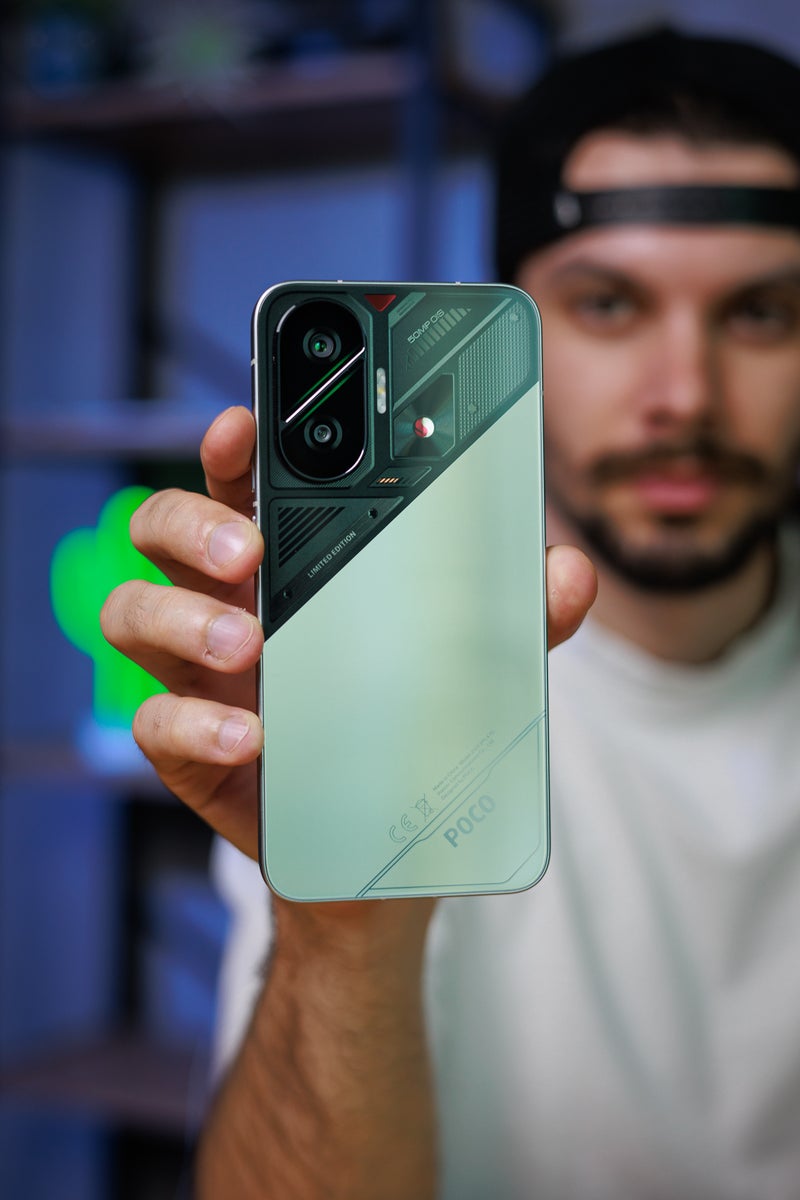

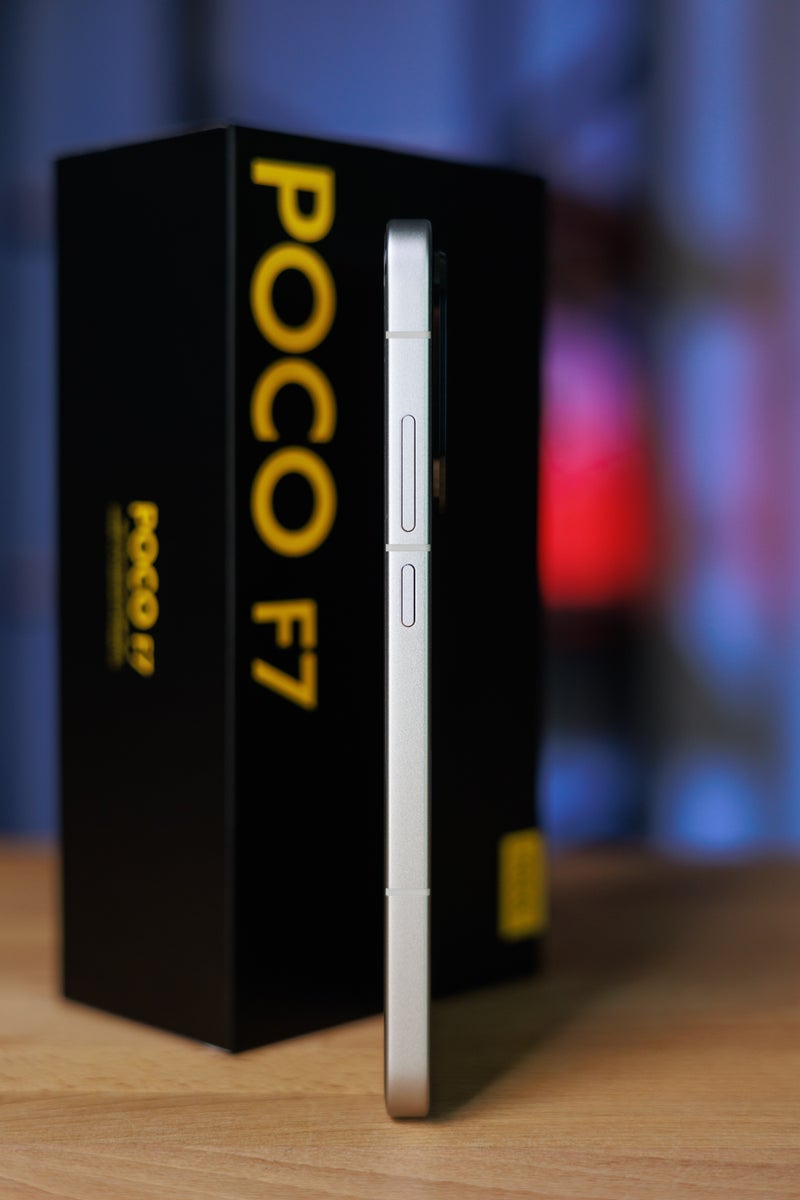
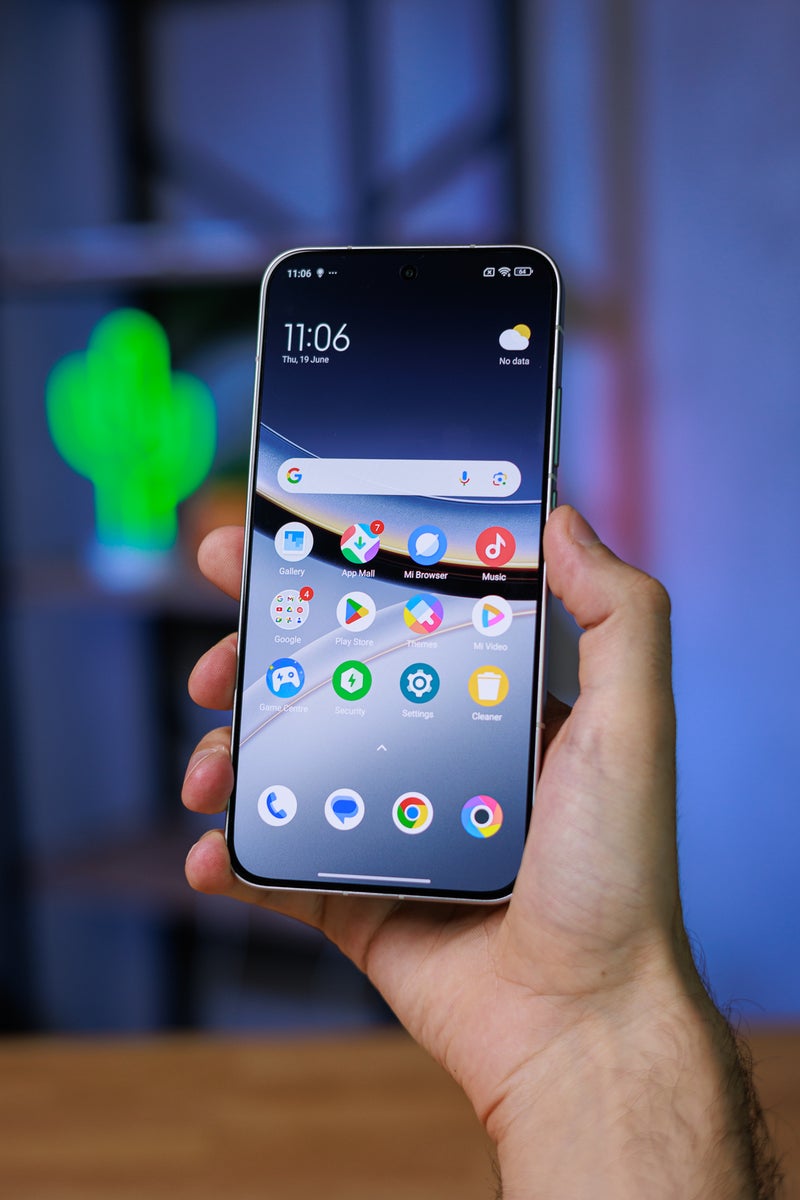
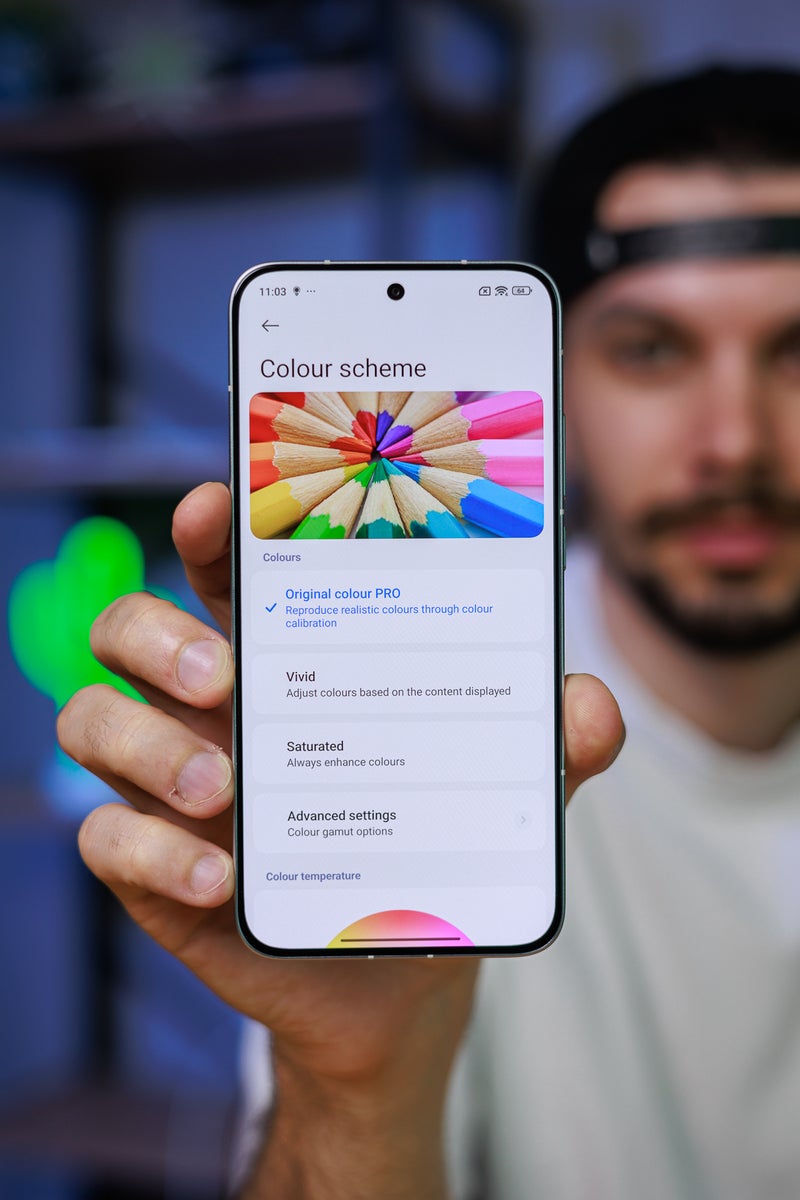
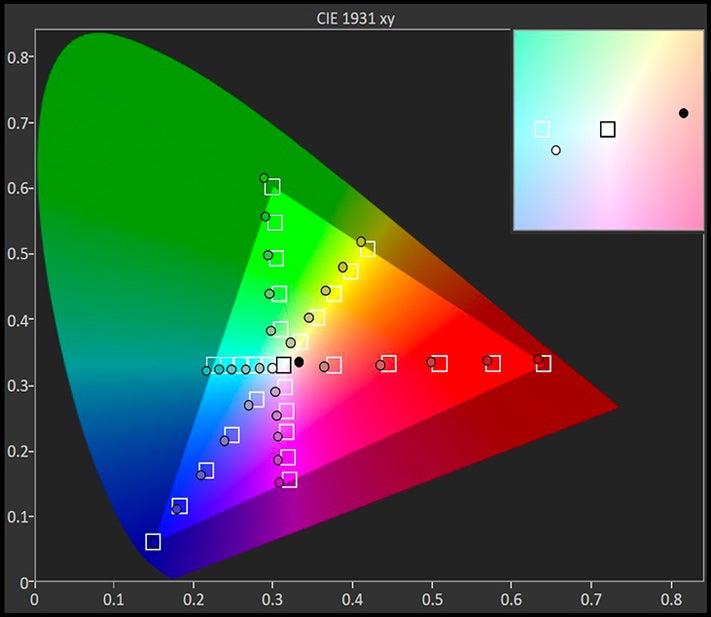











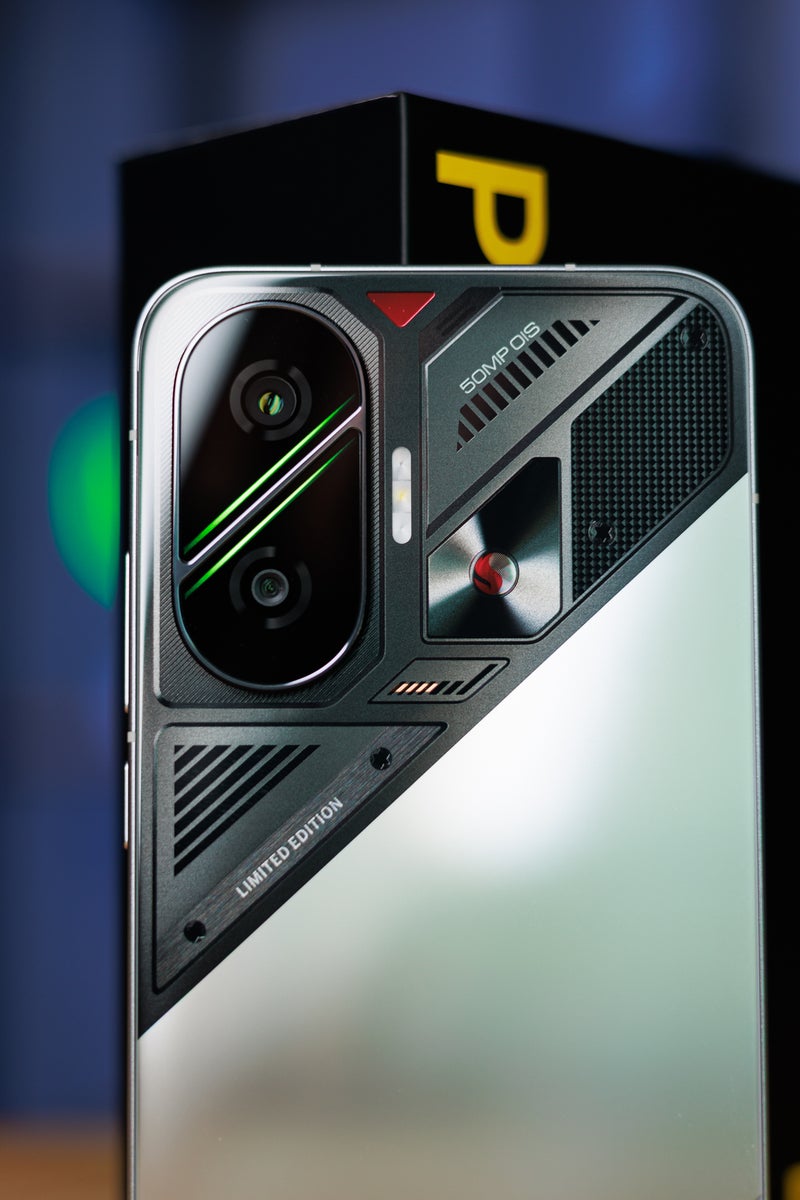
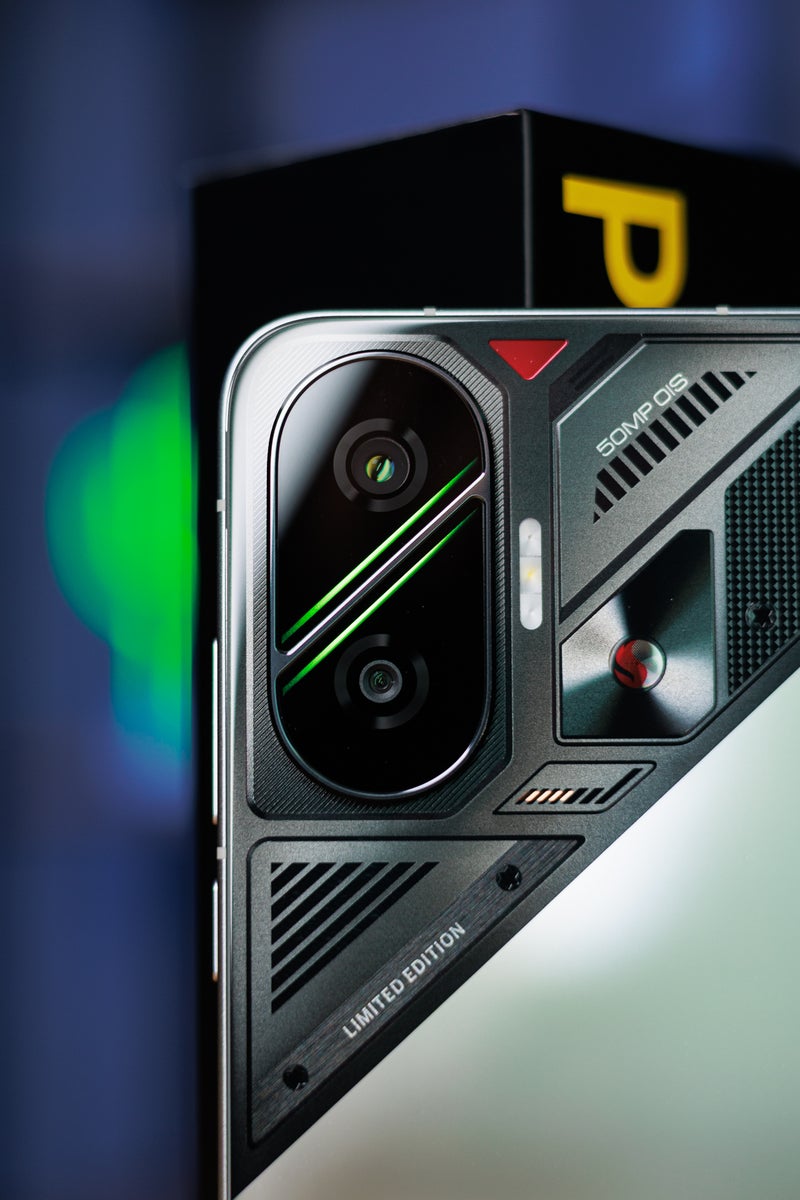
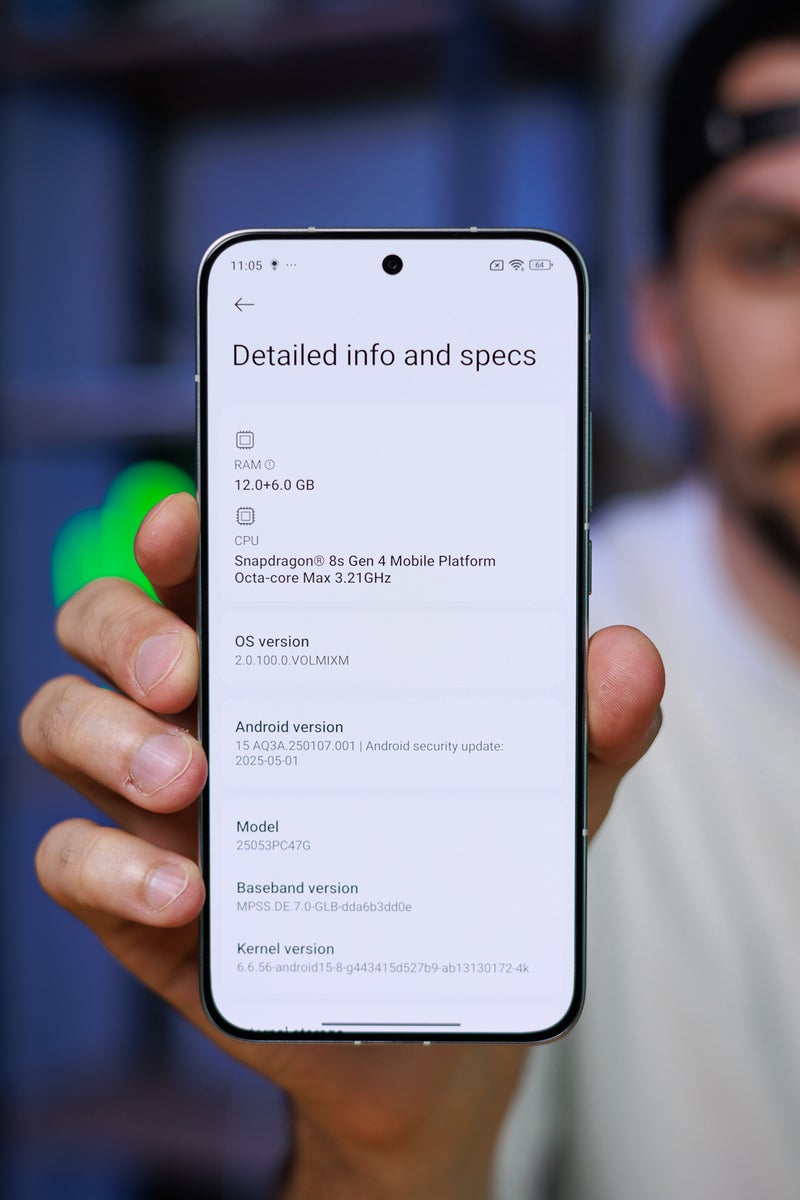

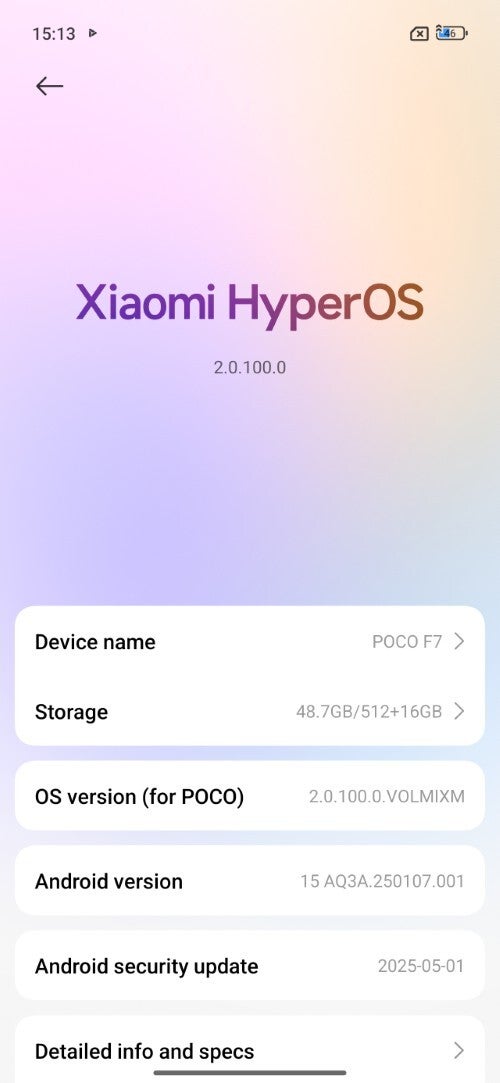
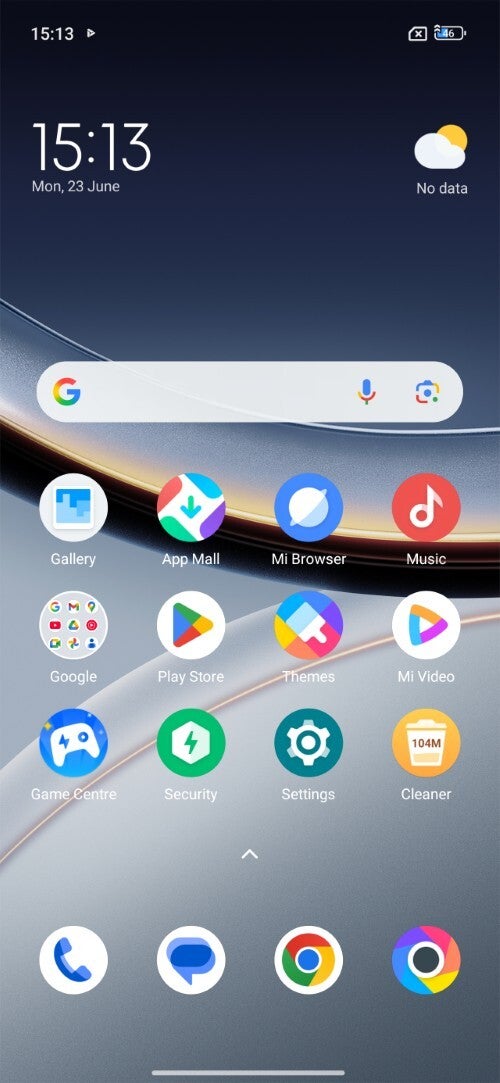
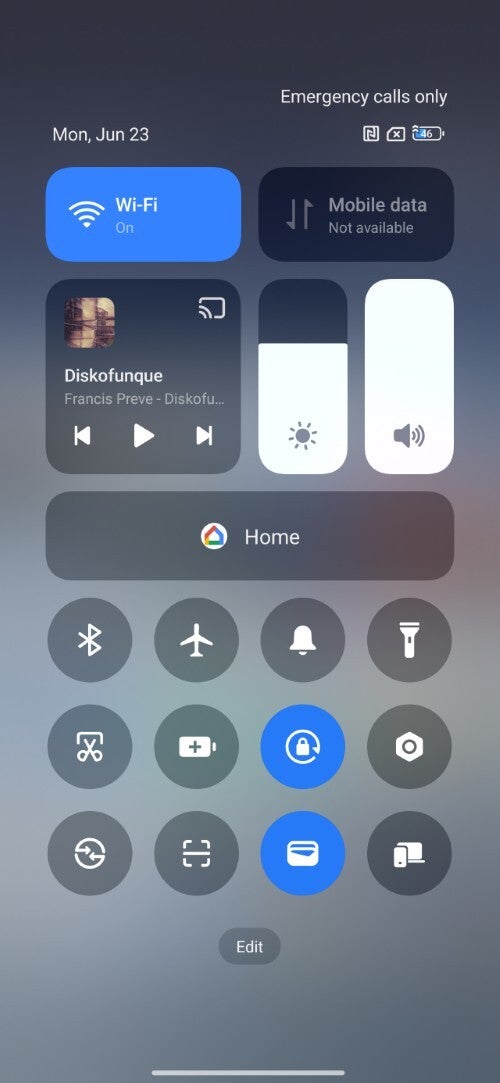
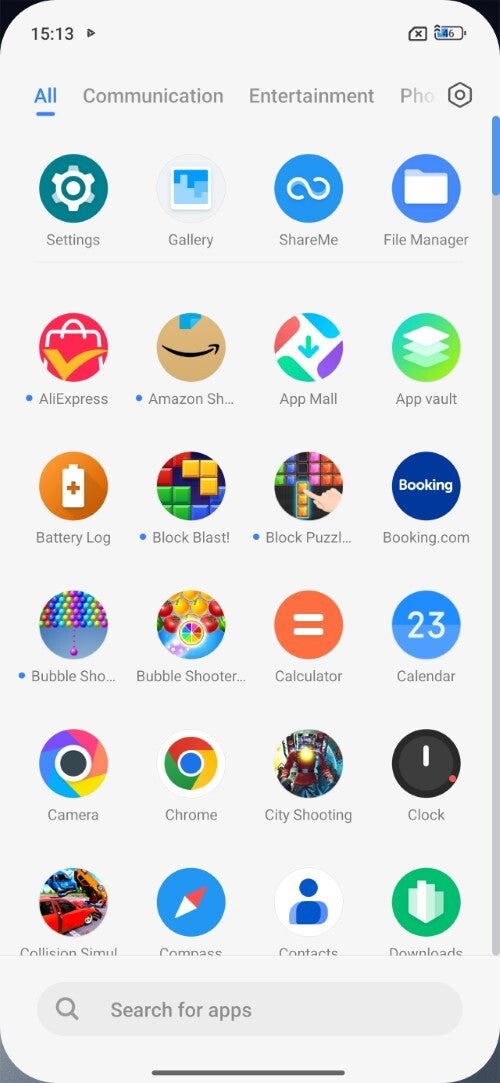

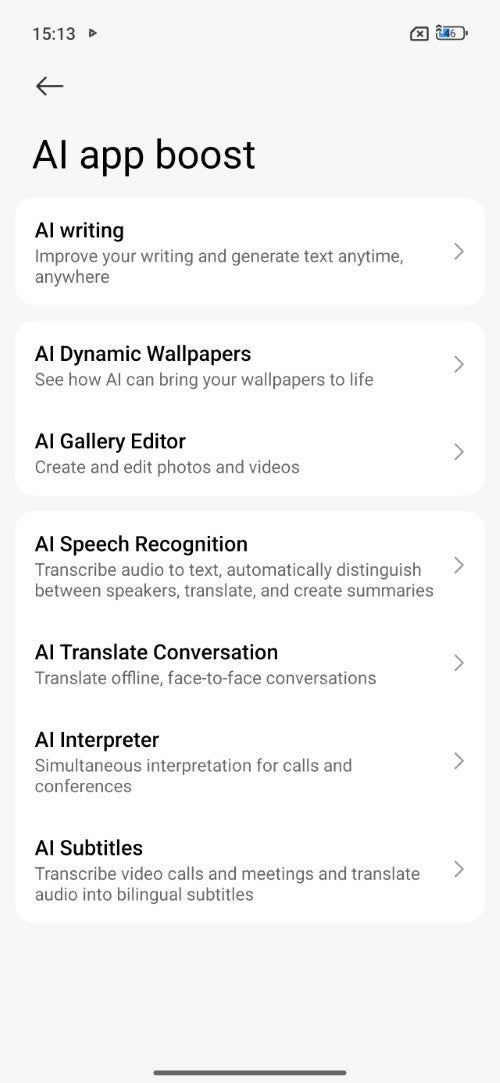

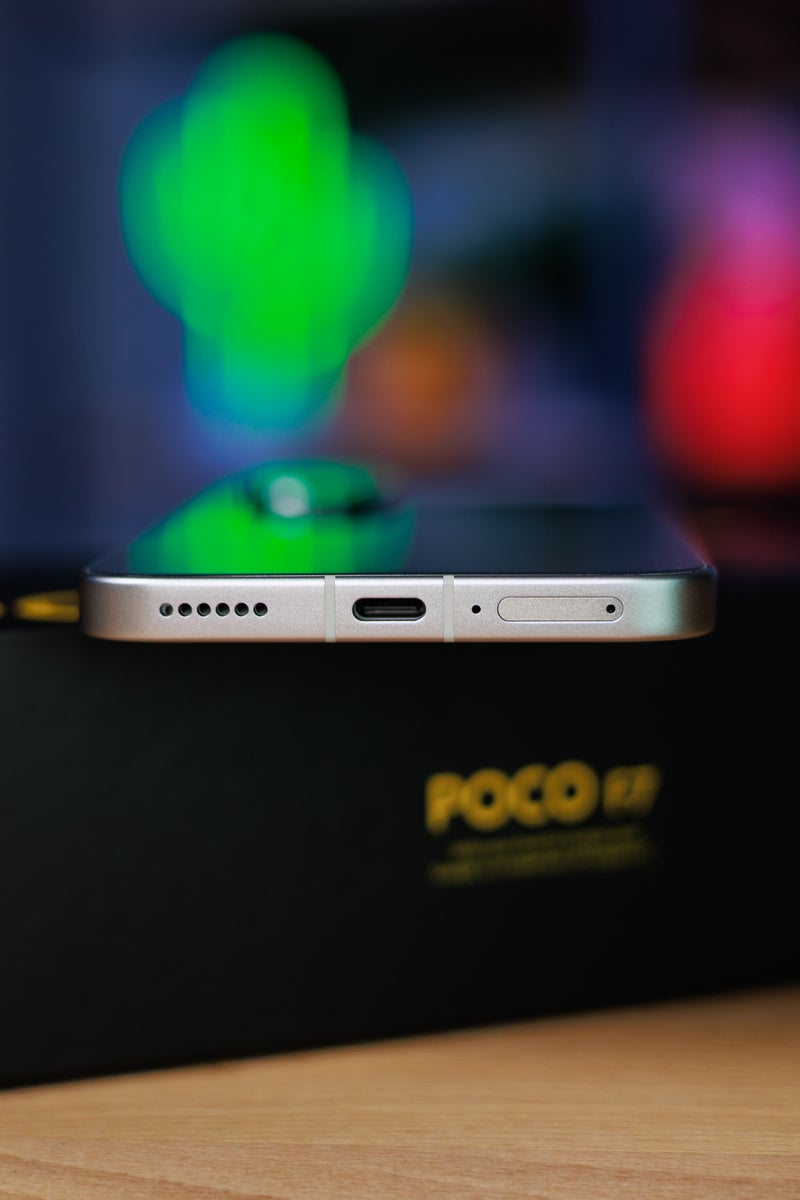

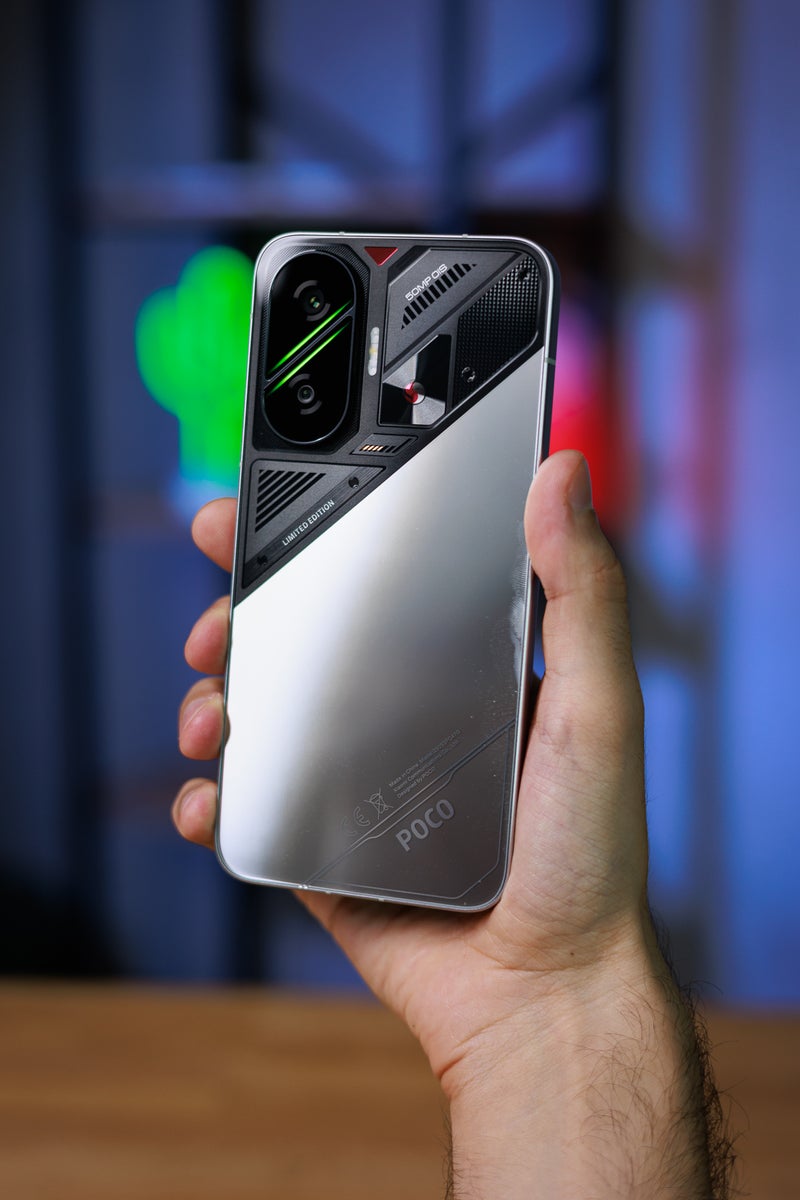
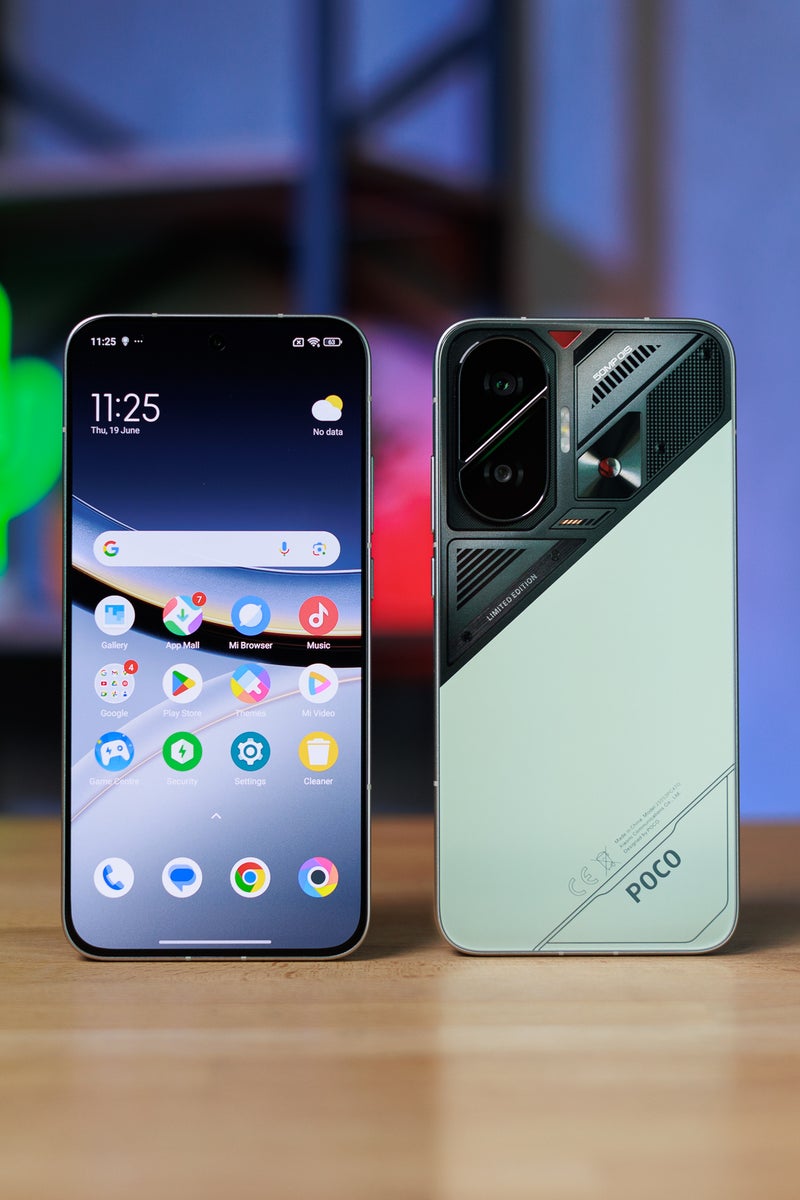


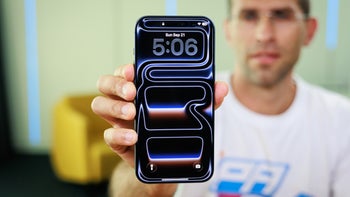


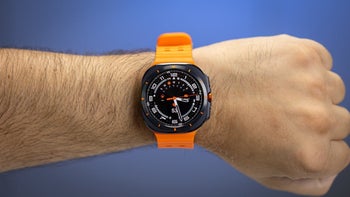
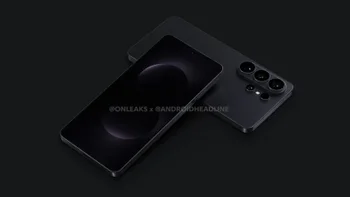

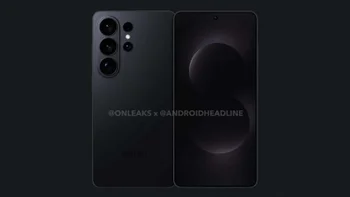

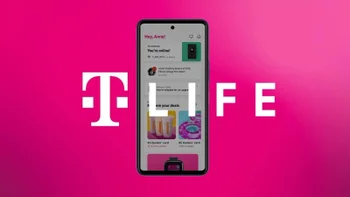


Things that are NOT allowed:
To help keep our community safe and free from spam, we apply temporary limits to newly created accounts: